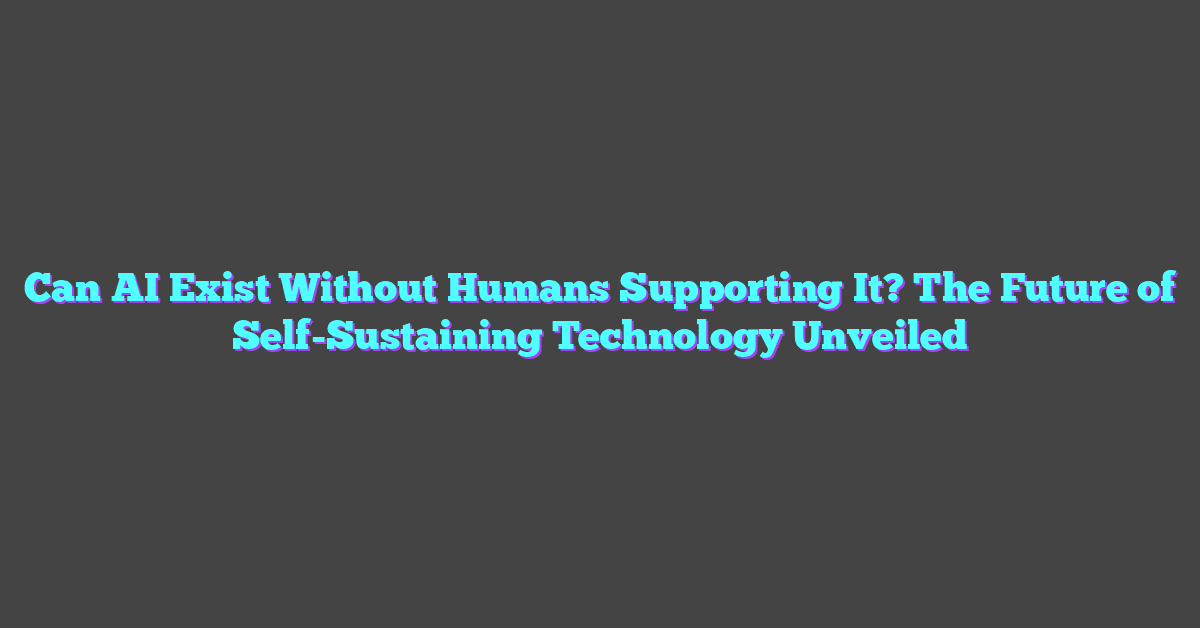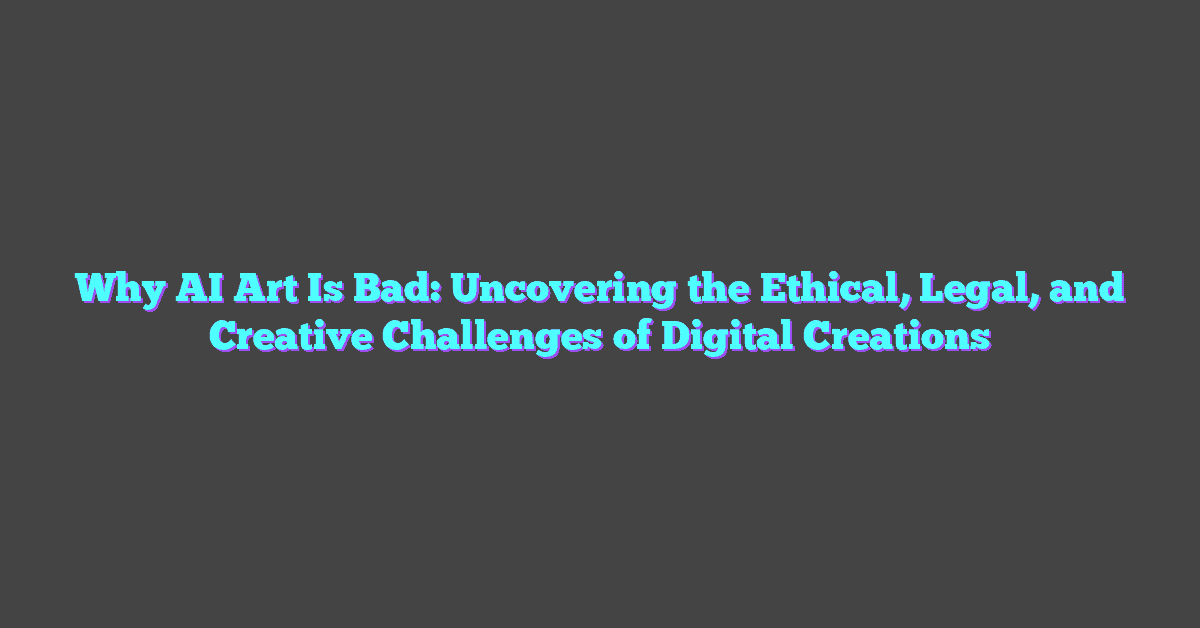Choosing the right video editing tool can feel overwhelming, especially with so many options available. Among the top contenders, Pictory and Descript have gained significant attention for their innovative features and user-friendly designs. But which one truly stands out for your needs?
Pictory focuses on transforming text into engaging videos, making it a favorite for content creators aiming to repurpose written material. On the other hand, Descript offers a unique approach by combining video editing with transcription and audio tools, appealing to podcasters and video editors alike. Both tools promise simplicity and efficiency, but they cater to slightly different audiences.
If you’re torn between these two platforms, you’re not alone. This comparison will explore their key features, strengths, and potential drawbacks to help you decide which tool aligns best with your creative goals.
Overview Of Pictory And Descript
Pictory leverages artificial intelligence to simplify video creation, converting long-form text into short, engaging video content. It uses AI to identify key points, select visuals, and optimize transitions, making it a practical choice for content creators focused on repurposing articles, blogs, or transcripts into videos. The tool emphasizes automation, requiring minimal manual intervention, which appeals to users looking for efficiency.
Descript integrates AI-driven transcription and editing tools, combining video, audio, and text editing in one platform. It converts spoken words into editable text, allowing seamless adjustments to video and audio content. Advanced features include overdub technology, AI-generated voice replication, and timeline editing, enabling podcasters, marketers, and video editors to refine their content with precision. It caters to creators aiming for detailed customization and high-level control over their projects.
Both platforms use AI to enhance content creation, but they target different user goals and workflows.
Key Features Comparison
Comparing Pictory and Descript reveals distinct strengths in AI-driven video editing tools, appealing to creators with varied goals. Both platforms excel in simplifying content creation but differ in their specialized features and workflows.
Video Editing Capabilities
Pictory automates video creation by transforming scripts or long-form text into short videos. Its AI identifies key points, matches them with relevant visuals, and optimizes transitions to save editing time. With minimal user input, it delivers polished outputs ideal for marketing or storytelling.
Descript integrates advanced editing tools, allowing users to edit video content by making changes to its AI-generated text transcription. Features like timeline editing, multi-track compatibility, and seamless word-based adjustments offer precise control over video editing, catering to professionals or podcasters.
User Interface And Ease Of Use
Pictory offers an intuitive interface with minimal learning curves, making it accessible for beginners. Its drag-and-drop tools and guided workflows simplify the creation process.
Descript provides a more versatile yet slightly complex interface, rich with options like script editing, overdub controls, and timeline navigation. While it suits experienced editors, it may require some exploration for new users.
Supported File Formats
Pictory supports importing common formats like .mp4, .avi, and .mov, essential for turning raw content into podcasts, promotional clips, or tutorials. Output formats are optimized for social media platforms like YouTube, Instagram, and TikTok.
Descript handles video and audio formats like .wav, .mp4, .mp3, and more. Its transcription and export options support compatibility with professional editing programs or tools, broadening its utility for diverse multimedia projects.
Advanced Features And Tools
Pictory leverages AI to enhance efficiency through automated scene generation, text overlays, and voiceover integration. These tools enable creators to scale production without intensive manual adjustments.
Descript stands out with features like overdub technology, which creates voice clones for text-based audio adjustments. Interactive transcription, multi-language recognition, and collaborative editing tools ensure comprehensive functionality for professionals managing complex projects.
Pricing And Plans
Pictory and Descript offer pricing structures tailored to diverse user needs. Pictory provides three subscription tiers: Standard, Premium, and Enterprise. The Standard plan costs $19 per month and includes 30 videos, text-to-video conversion, and basic AI features. The Premium plan, at $39 per month, offers advanced AI tools, 60 videos, and priority customer support. Enterprise plans require custom pricing, offering scalable solutions for teams and businesses.
Descript presents three pricing options: Free, Creator, and Pro. The Free plan includes watermark-limited content, screen recording, and AI transcription with a 3-hour limit. The Creator plan, priced at $12 per month, supports unlimited transcription for a single user and multitrack editing. The Pro plan is $24 per month and includes overdub, advanced editing tools, and priority live support. Teams also have custom pricing options for enhanced collaboration features.
Both tools offer free trials, allowing users to evaluate features before committing. Pictory’s trial spans 7 days with limited features, while Descript’s free tier serves as a flexible trial option with no fixed duration but reduced functionality.
Pros And Cons Of Pictory
Pictory uses AI to auto-generate videos from textual content, streamlining the video creation process. Its automation reduces the workload for creators who focus on efficiency and speed.
Pros of Pictory
- AI-driven video generation: Pictory extracts key points from text and pairs them with relevant visuals, simplifying workflows.
- User-friendly interface: The intuitive design makes it accessible to beginners with minimal technical knowledge.
- Social media optimization: Outputs are preformatted for platforms like Instagram, YouTube, and Facebook, saving time on resizing or editing.
- Time efficiency: Automated transitions, visual selection, and voiceover integration reduce production time significantly.
Cons of Pictory
- Limited customization: The automation focuses on pre-defined templates, restricting detailed manual input.
- Dependence on AI accuracy: Visuals and transitions occasionally lack context relevance if the AI misinterprets input.
- No advanced editing features: It lacks in-depth editing tools like frame-by-frame adjustments or advanced visual effects.
- Focus on simplified content: Better suited for short-form content, which may not fully meet the needs of complex projects.
Pros And Cons Of Descript
Pros
- AI-Powered Transcription
Descript leverages advanced AI to provide accurate, real-time transcription of audio and video content. Its word-based editing system simplifies the editing process for creators.
- Versatile Editing Tools
Features like overdub, multitrack editing, and filler-word removal allow detailed adjustments to both audio and video content, improving overall quality and workflow.
- Integration With Collaboration Tools
Descript’s collaborative features let multiple team members edit and review projects in real time, streamlining communication and content production.
- Support For Multiple Formats
The platform supports diverse audio and video file types, making it versatile for different types of projects, from podcasts to video tutorials.
- Free Pricing Tier
Offering a free plan with basic features facilitates entry-level use, allowing users to explore the platform with no initial cost.
Cons
- Steeper Learning Curve
Descript’s extensive set of editing tools may overwhelm beginners unfamiliar with advanced transcription or editing platforms.
- Dependence On AI Transcription Accuracy
Editing precision relies on the AI’s transcription fidelity, which may occasionally result in misinterpretations of phrases or words.
- Resource-Intensive Features
Processes like multitrack editing and overdub can demand significant system resources, potentially slowing performance on older devices.
- Subscription-Based Pricing
While offering a free tier, premium features are locked behind subscriptions, which may limit functionality for cost-conscious users.
- Limited Automation Options
Unlike some tools, Descript requires more manual intervention during editing and lacks automation for visual content creation.
Final Thoughts: Which Is Better?
Choosing between Pictory and Descript depends on specific user goals, project complexities, and preferences for AI-driven features. Pictory excels in simplifying video creation through automation, ideal for content creators aiming to produce social media-ready videos with minimal effort and time. Its AI analyzes text, selects relevant visuals, and generates polished outputs, streamlining workflows for users focused on efficiency.
Descript, however, offers a broader range of functionalities tailored to audio-visual content creators handling complex projects. Its unique AI features, including transcription and overdub, combined with advanced editing tools, grant users granular control over their work. This platform suits podcasters, professional editors, and teams requiring collaborative tools and intricate customization.
Each tool demonstrates the powerful integration of artificial intelligence in content creation, addressing distinct creative processes. Those seeking simplicity and automation might prefer Pictory, while creators with advanced editing needs and an emphasis on flexibility could benefit more from Descript.
Conclusion
Both Pictory and Descript bring unique strengths to the table, making them valuable tools for different types of creators. Pictory shines with its simplicity and automation, perfect for those seeking quick, polished videos with minimal effort. Descript, on the other hand, offers robust editing capabilities and versatility, catering to professionals managing more complex projects.
The choice ultimately depends on individual needs, whether it’s streamlined video creation or advanced editing control. With free trials available for both platforms, users can explore their features firsthand to determine which aligns best with their creative goals.





